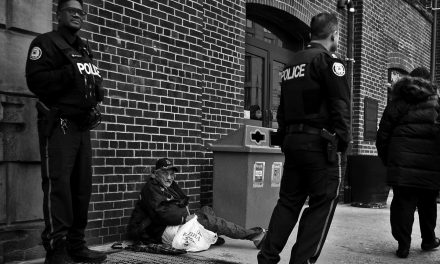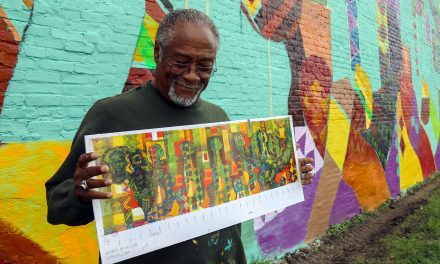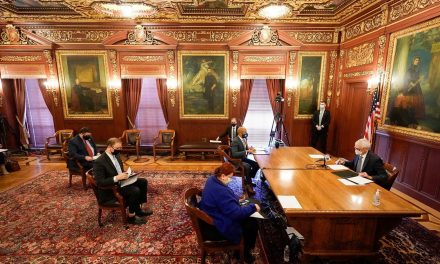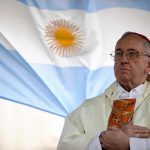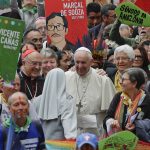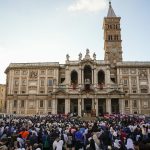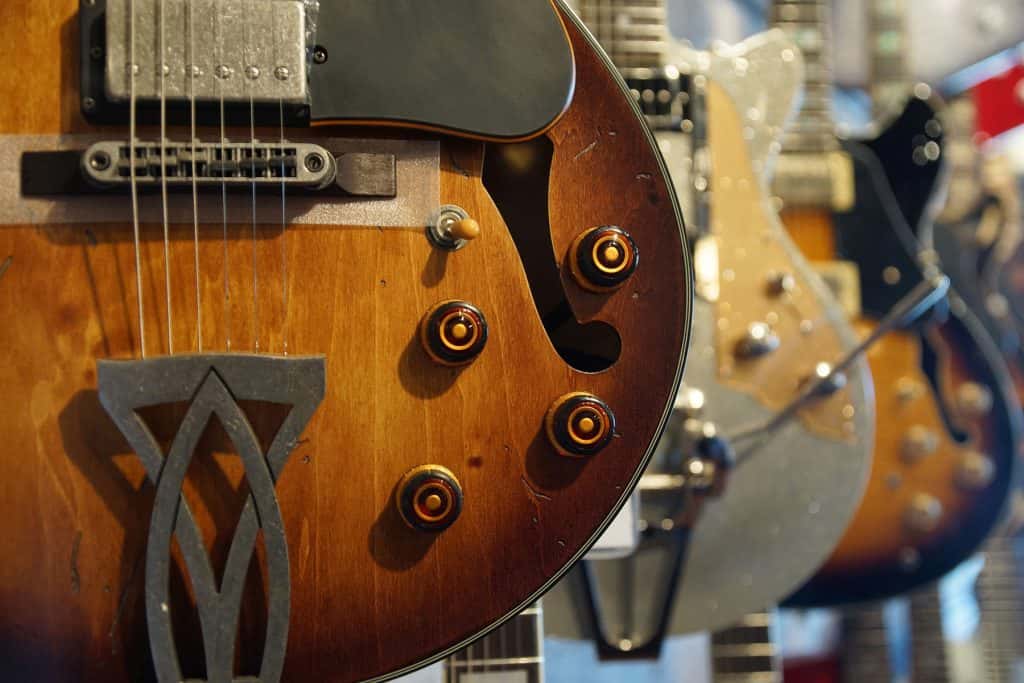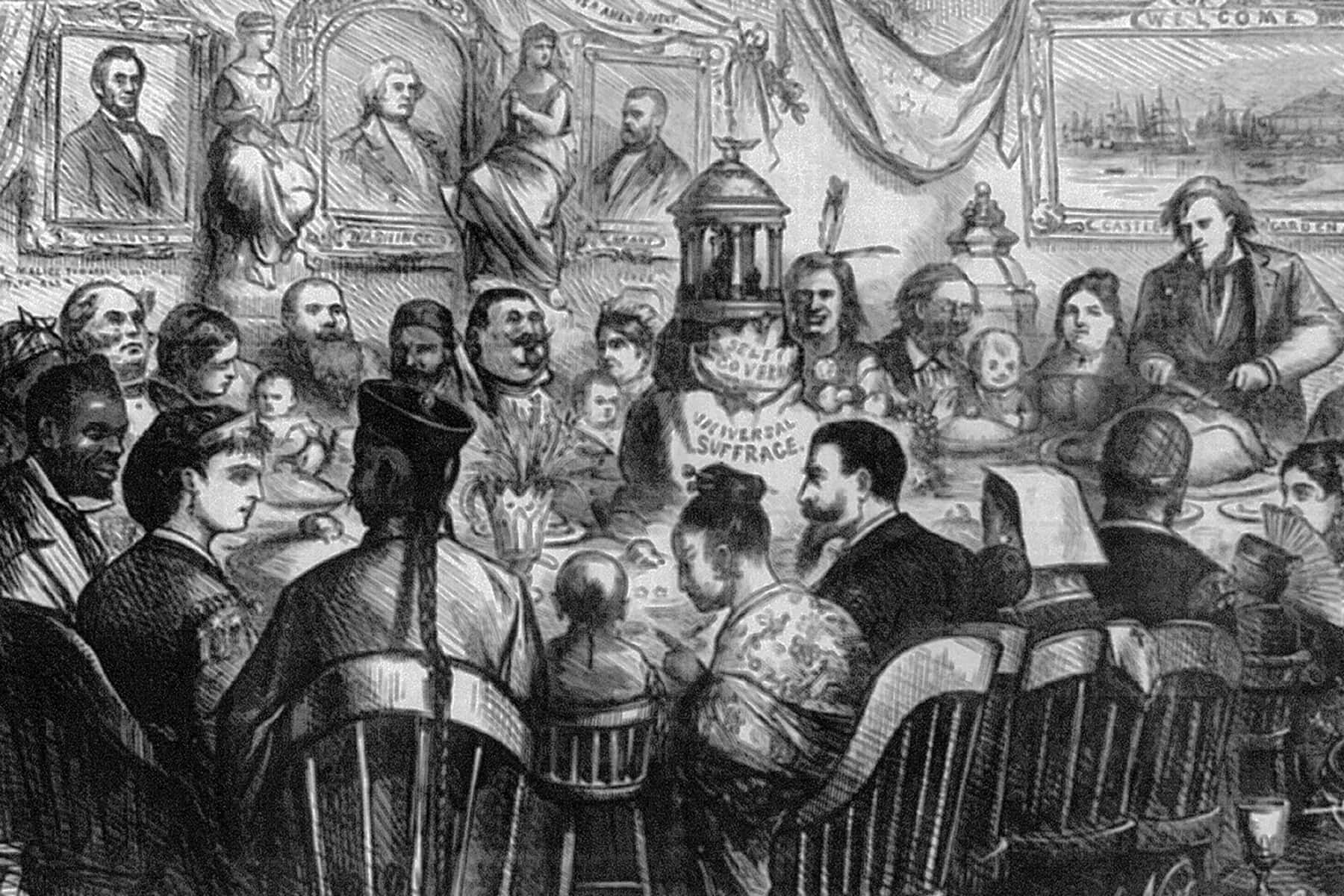
By Matthew Dennis, Professor of History and Environmental Studies, University of Oregon
Thanksgiving has remained America’s most treasured celebration: it combines tradition and invention, an appeal to the past and to the future, ancestor worship as well as acceptance of diversity.
Thanksgiving does not exclude non-Christians or even non-believers. Thanksgiving is the time when Americans in the largest numbers reach out to the least fortunate in their communities through voluntary action and charitable contributions.
However, as Americans gather this year there is continued rancor and discord due to political views, and deep divisions have widened within families. The strain has taken a toll on Thanksgiving’s favored status. As a historian of colonial America and scholar of American public holidays, I have long worked to separate history from myth and fact from fiction, and to help tell the stories of diverse Americans.
Myth and fiction
It is true that the early history of Thanksgiving has long raised some troubling questions. The patron saints of the day – the famous Pilgrims – were the ones who in 1620 colonized Plymouth in New England, the ancient homeland of a Native people, who would be displaced by migrating multitudes of Europeans and white Americans. Consequently, some Native activists have used the occasion of Thanksgiving to voice their protests.
Such demonstrations are not without merit. Later Puritan colonists did, on at least one occasion, observe a Thanksgiving to commemorate their military victory over their Indian foes – a triumph in 1637 that is now best characterized as a massacre.
However, the Plymouth colonists – the Pilgrims, the inventors of Thanksgiving – were not actually involved in that travesty. Indeed, most subsequent New England Thanksgivings were harvest festivals celebrating peace and plenty, not war and devastation.
My research shows that Thanksgiving might be that rare historical event in which the history measures up to the legend. In fact, the first Thanksgiving was less about colonialism than it was about acceptance, cooperation, gratitude and generosity. The three-day feast of 1621 included more Indians than Pilgrims, and the event served as a means to affirm a mutual commitment to peace and coexistence.
Becoming American
Thanksgiving, then, is not the best symbol for America’s dark history of colonialism and dispossession – much less apt than, say, the now-obscure Landing Day or Forefathers Day, which male New England societies celebrated in the 19th century to mark their ancestors’ landing on Plymouth Rock in December 1620, or Columbus Day, which hailed a hero more easily construed as a conquistador.
Throughout its history, Thanksgiving has remained a multicultural affair, representing America as a melting pot. Waves of immigrants – who could easily see themselves as pilgrims fleeing Old World affliction and embracing New World freedom and opportunities – adopted and adapted Thanksgiving to affirm their American-ness. Officials in New York City provided turkey dinners for immigrants at Ellis Island, and the public school system used the Pilgrims and their feast as a model for teaching Americanism to newcomers.
Although this “assimilationist” curriculum could be heavy-handed, as one culture was imposed on another, Thanksgiving was amenable to the immigrants’ hyphenated status (Irish-American, Italian-American, Chinese-American and so forth) and did not necessarily require that they denounce their ethnic or religious heritage in order to become fully American.
The Thanksgiving feast
We can see this Americanizing process in a short story by writer, Pearl Kazin, “We Gather Together,” that appeared originally in The New Yorker magazine in 1955. The narrator is a second-generation Jewish schoolgirl at Brooklyn’s PS 125, who reflects on the intense lessons that dominate the school days beginning in October about Thanksgiving and Pilgrims.
Although they seem exotic, she is fascinated and hopes for a Thanksgiving feast of her own. But her immigrant mother is skeptical and uncooperative. “Why can’t we have turkey for Thanksgiving like everybody else?” the girl asks.
“Who’s everybody?” My mother would say, without taking her eyes from the sewing machine. “The Feins eat turkey Thanksgiving? Doris Levine’s mother goes on the subway to buy a turkey God knows where Thanksgiving?” … “We don’t have enough our own holidays for you? Eh, who knows even where to buy a turkey, how much it costs … Headaches she has to give me with her turkey yet.”
The girl is only able to dream of a grand Thanksgiving with a turkey on the table and her entire extended family gathered around.
But if this schoolgirl was disappointed, subsequent Jewish-American families and other newcomers would not be, as they celebrated “traditional” Thanksgivings that fused diverse ethnic or religious rituals with American ones and accessorized their centerpiece turkeys with imported new foods from distant homelands – rice and beans, plantains, “arroz con dulce,” (candied coconut rice) stuffed “derma,” (stuffed sausage) and other treats.
Elizabeth Stern, another early 20th-century Jewish immigrant from Russia, remembered in her 1917 memoir, My Mother and I, how her family began to celebrate Thanksgiving.
As the day approached, her father brought home a turkey – not the traditional fowl of the Jews – which her mother assessed with interest as bigger than a duck or chicken! They put out a white tablecloth, “as if it were a holy day,” and recited tales from the Talmud. Afterward, Elizabeth explained the meaning of Thanksgiving, which she had learned in school, while her approving mother cautioned,
“One must not give thanks only on one day and for one bird!”
Put simply: Thanksgiving has long been an invitation to become an American, a method of “do-it-yourself Americanization.”
Shaping a pluralist nation
The fictional Nathan Zuckerman, Philip Roth’s Jewish-American narrator in his Pulitzer Prize-winning novel, American Pastoral (1997), explained the day as a grand national, pluralistic, inclusive act that brought people together
“on the neutral, dereligionized ground of Thanksgiving, when everybody gets to eat the same thing, nobody sneaking off to eat funny stuff — no kugel, no gefilte fish, no bitter herbs, just one colossal turkey for two hundred and fifty million people — one colossal turkey feeds all.”
Zuckerman here celebrated the daylong “moratorium on funny foods and funny ways and religious exclusivity” and hailed the occasion when “everyone in New Jersey and elsewhere can be more passive about their irrationalities than they are the rest of the year.”
A day when Americans suspended “all the grievances and resentments” and set a freeze in place “for everyone in America who is suspicious of everyone else. It is the American pastoral par excellence.”
At a moment when the country seems particularly divided and the world seems more dangerous, Zuckerman’s pronouncements about unity, generosity and faith in each other provide some hope. I believe they accurately reflect Thanksgiving’s dynamic history, from 1621 to the present.
As Americans collectively shape the meaning of the occasion, they mold the meaning of America itself as a plural nation. They declare their national identity simply by gathering privately and eating turkey.
Lessons in Thanksgiving
This November 28, we might express hope through an updated version of Abraham Lincoln’s Second Inaugural Address, delivered originally on March 4, 1865, just before the end of the Civil War. Lincoln emphasized both a firm commitment to American principles and to national reconciliation.
He urged Americans to “bind up the nation’s wounds,” with “malice toward none,” but “with charity for all,” and “firmness” in an ongoing commitment to justice.
Thanksgiving is a great American paradox. But it is the apparent contradictions that have been critical to its enduring appeal, success and value. It also continues to offer appropriate lessons principled lessons. It remains a question of if Americans are still willing to embrace them.
Jim Mone
Originally published on The Conversation as Peace advocates have long been found among veterans who fought in America’s wars
Support evidence-based journalism with a tax-deductible donation today, make a contribution to The Conversation.

